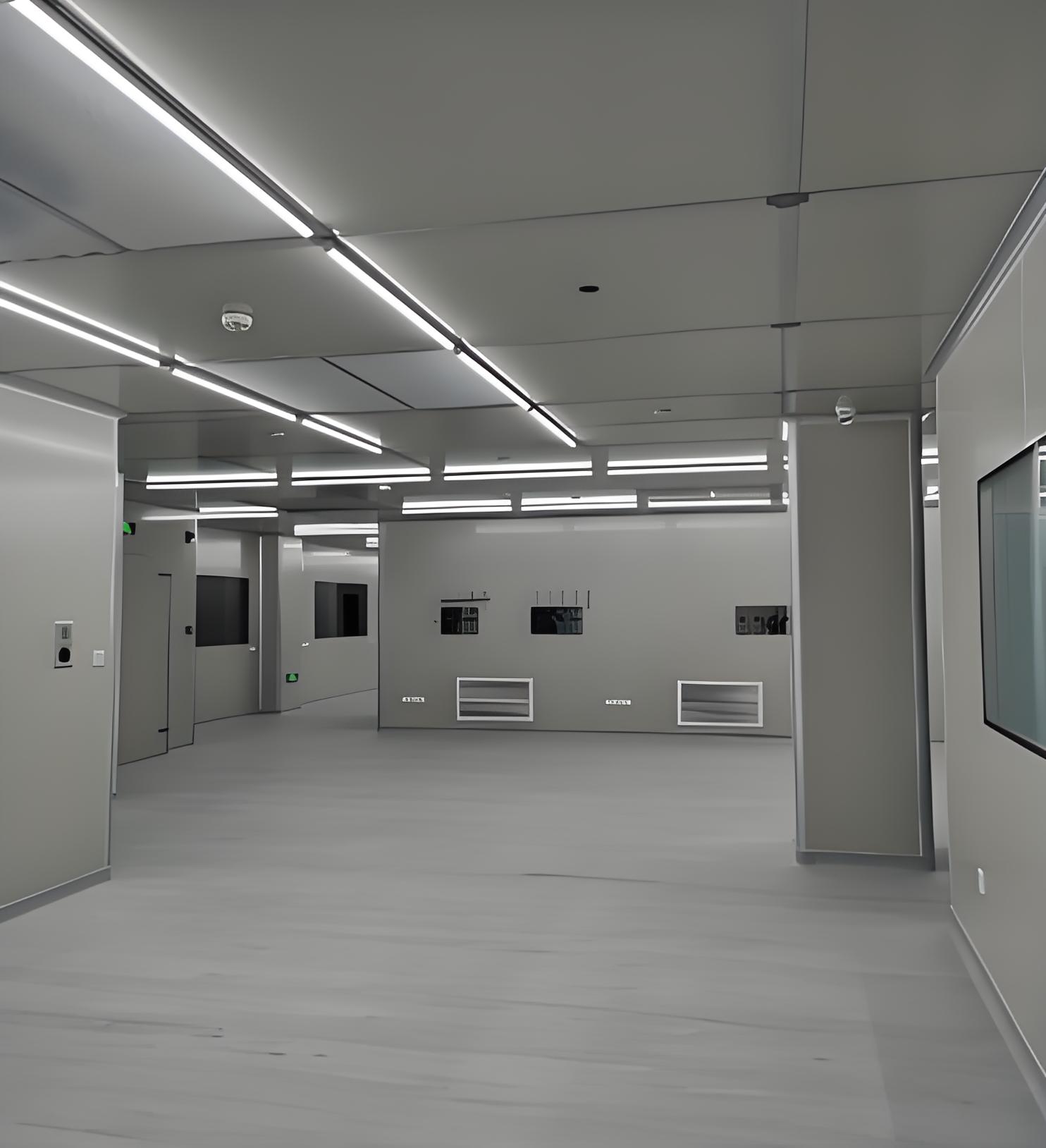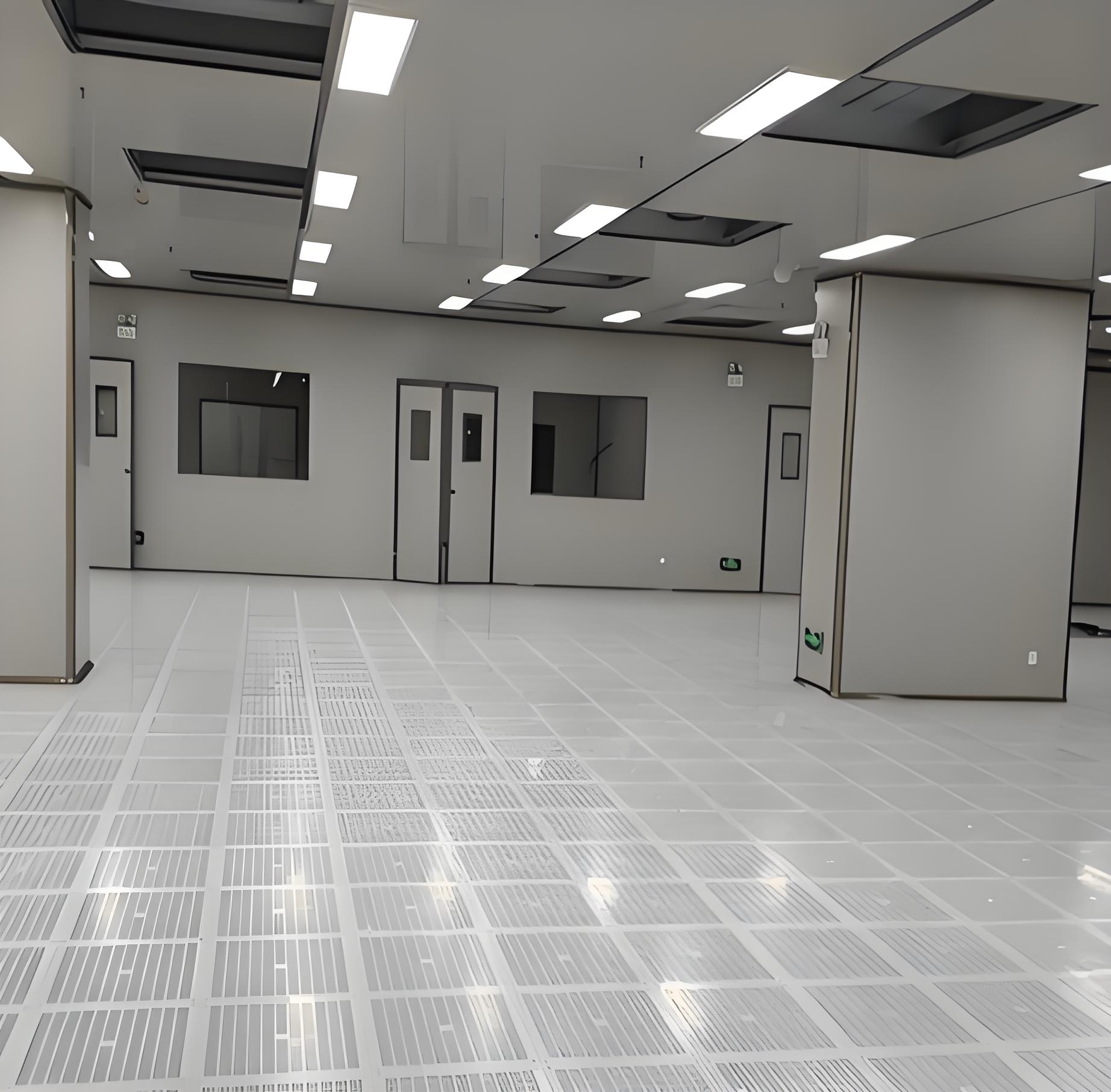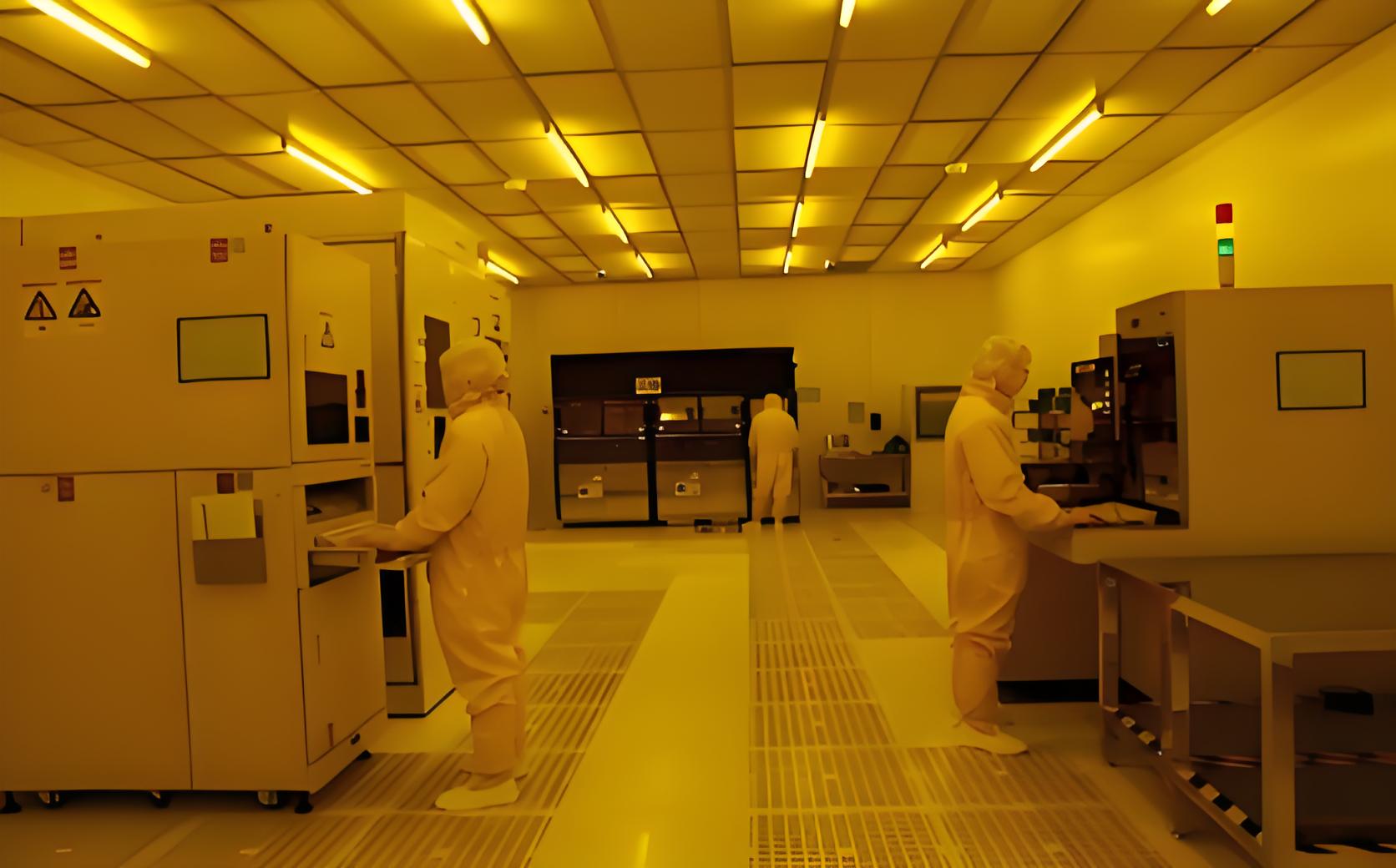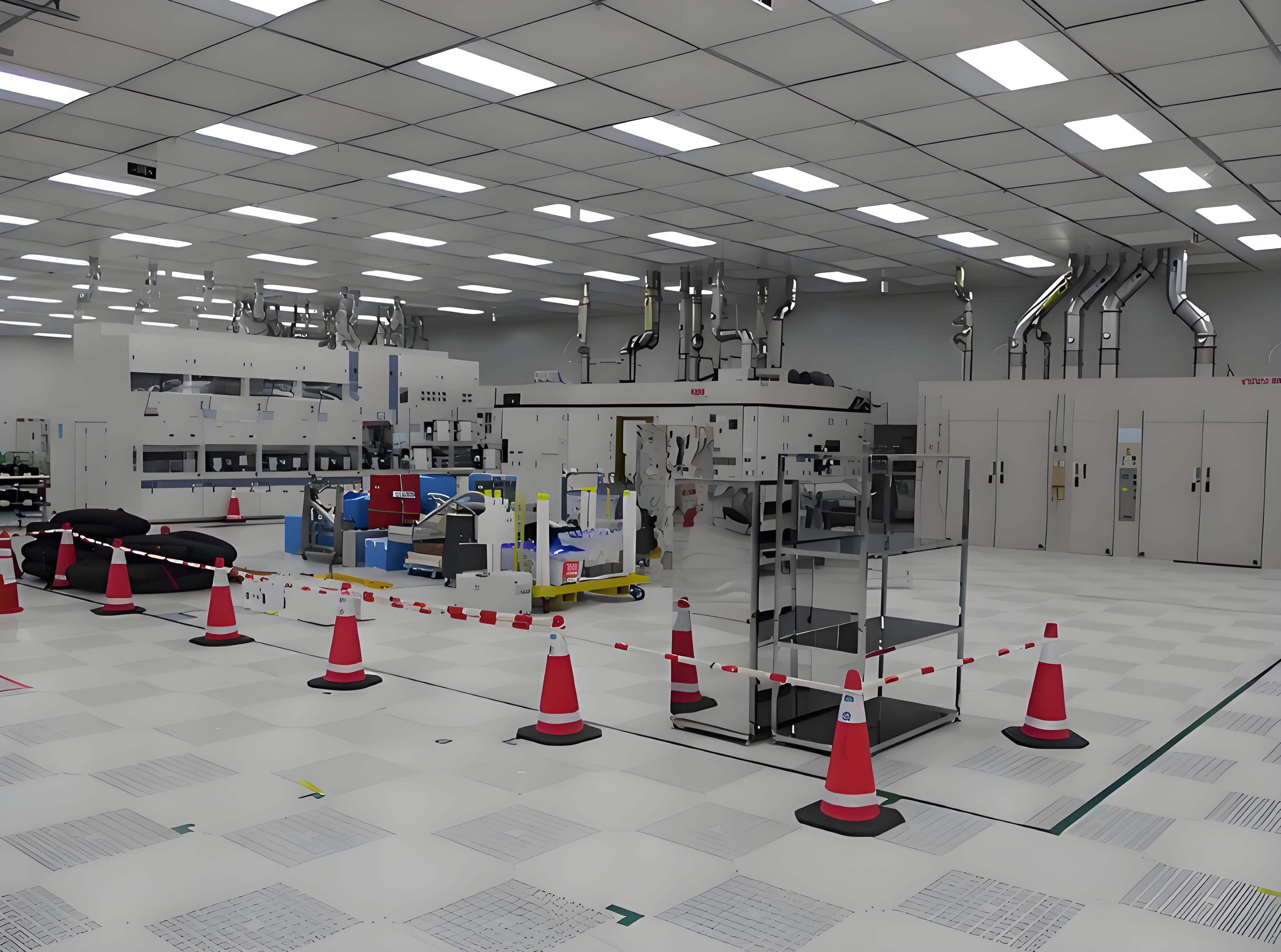




In an era where food safety and quality are paramount concerns, a well-executed food purification project can be a game-changer for communities, industries, and individuals alike. This comprehensive guide dives into the critical elements of a food purification project, providing actionable insights to help you understand its importance, implementation, and benefits. Whether you're a health professional, a community leader, or simply someone interested in food safety, this article will equip you with the knowledge to grasp the fundamentals of a food purification project and how it can transform food systems. We'll explore five key areas that are vital for anyone involved in or considering such an initiative, ensuring you have a solid foundation to build upon.
A food purification project typically involves processes and technologies designed to remove contaminants, pathogens, and impurities from food products, thereby enhancing their safety, nutritional value, and shelf life. With rising global challenges like pollution, climate change, and foodborne illnesses, the relevance of a food purification project cannot be overstated. By the end of this article, you'll have a clear understanding of how to approach a food purification project, from planning to execution, and why it's essential for public health and sustainability. Let's delve into the core aspects that make a food purification project successful and impactful.

A food purification project is a structured initiative aimed at improving the quality and safety of food through various purification methods. At its core, this type of project focuses on eliminating harmful substances such as bacteria, viruses, chemicals, and physical contaminants from food items. This can range from small-scale community efforts to large industrial operations. The primary goal of any food purification project is to ensure that the food consumed is free from hazards that could cause health issues, while also preserving its nutritional integrity and taste.
The concept of a food purification project isn't new; it has evolved over decades with advancements in science and technology. Historically, basic methods like boiling, filtering, and sun-drying were used, but modern projects incorporate sophisticated techniques such as ultraviolet (UV) treatment, ozone processing, and chemical purification. A typical food purification project might involve multiple stages, including assessment, design, implementation, and monitoring. For instance, in a community setting, a food purification project could start with testing local water and food sources for contaminants, then deploying purification systems like reverse osmosis or activated carbon filters.
One of the fundamental aspects of a food purification project is its interdisciplinary nature. It often requires collaboration between food scientists, engineers, public health experts, and local stakeholders. This ensures that the project addresses specific needs, such as targeting common contaminants in a region or adapting to cultural food practices. Moreover, a successful food purification project must consider regulatory standards and guidelines, such as those set by the FDA or WHO, to ensure compliance and effectiveness. By understanding these basics, you can appreciate how a food purification project serves as a proactive measure against food-related risks, ultimately contributing to healthier populations and more resilient food systems.
Implementing a food purification project offers a multitude of benefits that extend beyond mere food safety. First and foremost, it significantly reduces the incidence of foodborne diseases, which affect millions of people worldwide each year. By removing pathogens and toxins, a food purification project can prevent illnesses like diarrhea, cholera, and poisoning, particularly in vulnerable populations such as children and the elderly. This leads to improved public health outcomes and reduced healthcare costs, making it a cost-effective investment in the long run.
Another major advantage of a food purification project is its role in enhancing food security. In many parts of the world, food contamination leads to spoilage and waste, exacerbating hunger and malnutrition. A well-designed food purification project can extend the shelf life of perishable items, reduce post-harvest losses, and ensure a stable food supply. For example, purification techniques like irradiation or modified atmosphere packaging, when integrated into a food purification project, can preserve fruits, vegetables, and grains, making them available for longer periods and in remote areas.
Economically, a food purification project can boost local economies by increasing the marketability of food products. Purified food often commands higher prices due to its perceived quality and safety, benefiting farmers, processors, and retailers. Additionally, a food purification project can create job opportunities in sectors like technology maintenance, monitoring, and education. From an environmental perspective, many modern purification methods are designed to be sustainable, using less water and energy compared to traditional practices. This aligns with global efforts to promote eco-friendly food systems. Overall, the benefits of a food purification project are far-reaching, impacting health, economy, and environment in positive ways.

Planning and executing a food purification project requires a systematic approach to ensure its success and sustainability. The first step is conducting a thorough needs assessment. This involves identifying the specific food safety issues in a given area, such as high levels of pesticides in crops or bacterial contamination in water sources. Data collection through surveys, lab tests, and community consultations is crucial at this stage. A well-defined food purification project should have clear objectives, such as reducing contamination rates by a certain percentage within a set timeframe.
Next, designing the food purification project involves selecting appropriate technologies and methods based on the assessment findings. This could include physical methods like filtration, chemical treatments such as chlorination, or biological approaches like using beneficial microbes. It's important to consider factors like cost, scalability, and local infrastructure. For instance, in a rural food purification project, low-tech solutions like solar disinfection might be more feasible than complex machinery. Budgeting and resource allocation are also key components; a food purification project must secure funding, whether through grants, partnerships, or community contributions, and allocate resources for equipment, training, and maintenance.
The execution phase of a food purification project involves deploying the chosen purification systems and training personnel. This includes setting up infrastructure, conducting pilot tests, and scaling up operations. Monitoring and evaluation are critical to track progress and make adjustments as needed. For example, regular testing of food samples can help assess the effectiveness of the food purification project and identify any issues early on. Finally, community engagement and education ensure long-term success, as informed stakeholders are more likely to adopt and sustain the practices. By following these steps, a food purification project can achieve its goals efficiently and have a lasting impact.
A food purification project relies on a variety of technologies to achieve its objectives, each suited to different types of contaminants and food products. One of the most widely used technologies in a food purification project is filtration, which includes methods like membrane filtration (e.g., reverse osmosis) and activated carbon filters. These are effective in removing physical particles, chemicals, and some microorganisms from liquids such as water and juices. In many food purification project setups, filtration is the first line of defense due to its simplicity and efficiency.
Chemical purification methods are also common in a food purification project, particularly for disinfecting surfaces and treating water-based foods. Chlorination, ozonation, and the use of hydrogen peroxide are examples that target bacteria, viruses, and fungi. For instance, in a large-scale food purification project for municipal water supplies, ozone treatment is preferred because it leaves no harmful residues and is highly effective. However, it's essential to balance chemical use to avoid altering food taste or nutrition, which is a key consideration in any food purification project.
Advanced technologies like ultraviolet (UV) light and irradiation have gained popularity in modern food purification projects. UV light disrupts the DNA of microorganisms, rendering them harmless, and is often used for purifying beverages and surfaces without heat or chemicals. Irradiation, on the other hand, uses ionizing radiation to eliminate pests and pathogens in grains and meats, extending shelf life significantly. Additionally, emerging methods such as cold plasma and electrochemical processes are being integrated into innovative food purification projects for their precision and sustainability. Understanding these technologies helps in selecting the right tools for a specific food purification project, ensuring optimal results based on the food type and contamination levels.
Despite its benefits, a food purification project often faces several challenges that can hinder its success. One common issue is the high initial cost of technology and infrastructure. Setting up a food purification project, especially in low-resource settings, may require significant investment in equipment and training. To address this, project planners can seek phased implementation, starting with low-cost methods and gradually scaling up. Partnerships with NGOs or government agencies can also provide financial support and resources for a food purification project.
Another challenge in a food purification project is cultural and behavioral resistance. In some communities, traditional food practices may be deeply ingrained, and people might be skeptical of new purification methods. Education and awareness campaigns are vital to overcome this; by demonstrating the health benefits and involving local leaders, a food purification project can gain trust and acceptance. For example, pilot demonstrations showing before-and-after results of purified food can convince communities to adopt the changes.
Technical and logistical hurdles, such as maintenance of equipment and supply chain disruptions, can also impact a food purification project. Regular training for local technicians and establishing spare part networks can mitigate these issues. Additionally, environmental factors like climate change may affect the availability of resources needed for purification. A resilient food purification project should incorporate adaptive strategies, such as using renewable energy sources or drought-resistant purification methods. By anticipating these challenges and implementing practical solutions, a food purification project can remain effective and sustainable in the long term.
In conclusion, a food purification project is a vital endeavor that addresses critical issues in food safety and security. By focusing on aspects like understanding the basics, recognizing benefits, following essential steps, utilizing appropriate technologies, and overcoming challenges, you can contribute to a healthier and more sustainable food system. Whether you're initiating a small community effort or a large-scale operation, the insights from this article will help you navigate the complexities of a food purification project. Remember, the success of such a project depends on careful planning, collaboration, and continuous improvement.
Q1: What is the primary goal of a food purification project?
A1: The primary goal of a food purification project is to enhance food safety by removing contaminants, pathogens, and impurities from food products. This helps prevent foodborne illnesses, improve nutritional quality, and extend shelf life, ultimately contributing to public health and food security.
Q2: How long does it typically take to implement a food purification project?
A2: The timeline for implementing a food purification project varies based on scale and complexity. A small community project might take a few months, while a large industrial initiative could require a year or more. Key phases include assessment, planning, execution, and monitoring, each contributing to the overall duration.
Q3: What are the most cost-effective technologies for a food purification project in developing regions?
A3: In developing regions, cost-effective technologies for a food purification project include solar disinfection, ceramic filters, and chlorination. These methods are affordable, easy to maintain, and can be scaled to meet local needs, making them ideal for resource-limited settings.
Q4: Can a food purification project address allergens in food?
A4: Yes, a food purification project can help reduce allergens through processes like enzymatic treatment or filtration. However, it's important to note that complete removal may not always be possible, and labeling and consumer education should complement the purification efforts to ensure safety.
Q5: How can communities get involved in a food purification project?
A5: Communities can get involved in a food purification project by participating in needs assessments, volunteering for training sessions, and helping with maintenance and monitoring. Engaging local leaders and organizations fosters ownership and increases the project's chances of long-term success.


